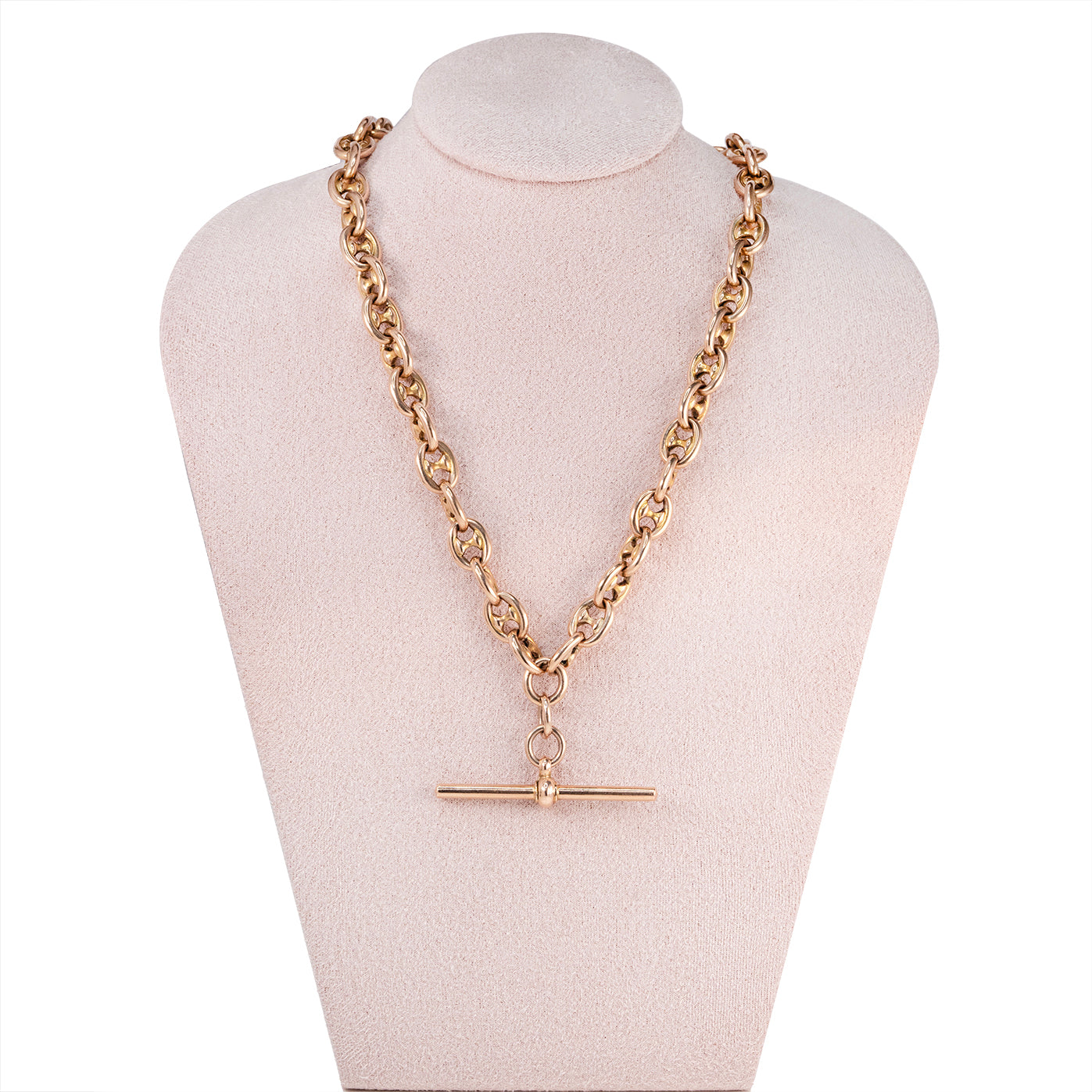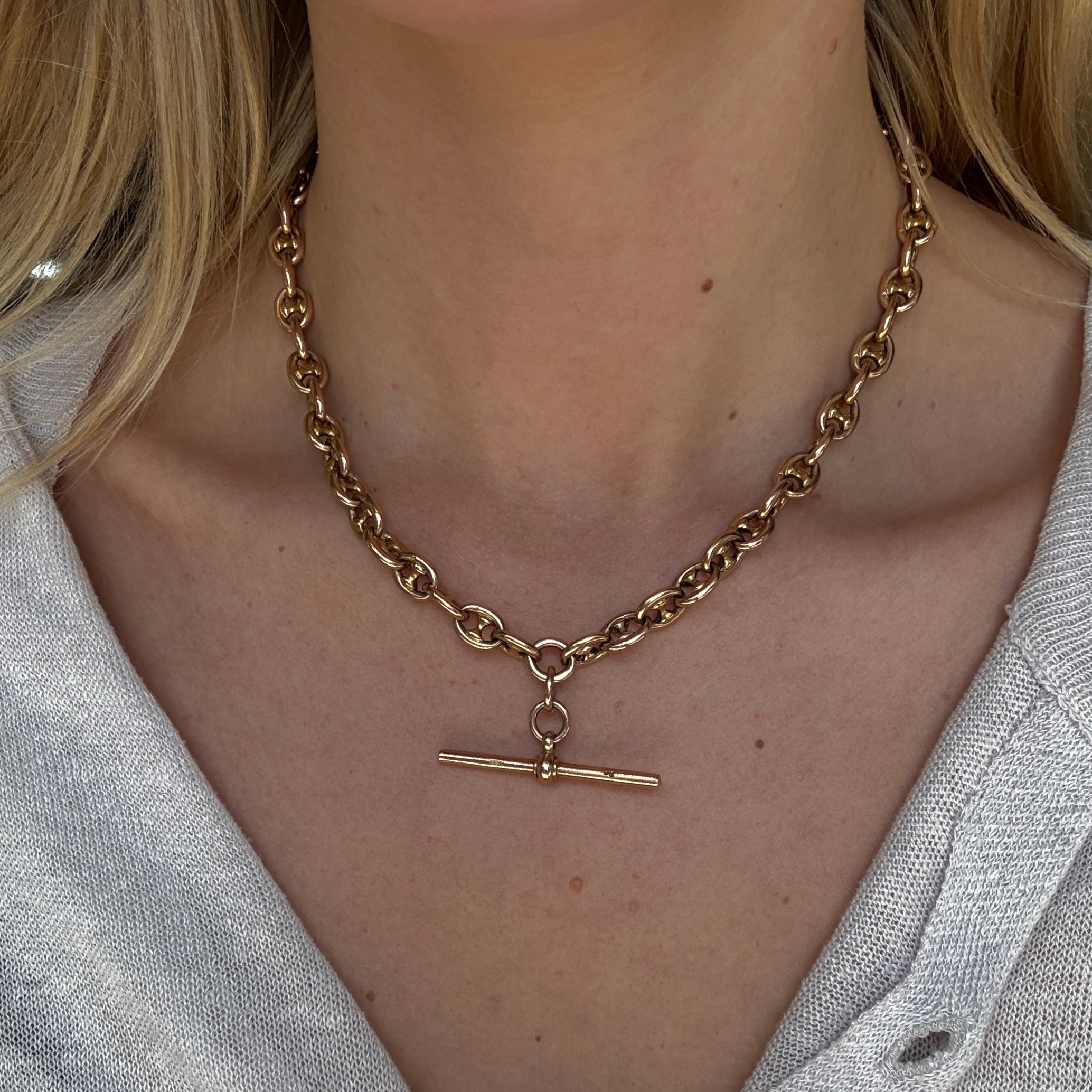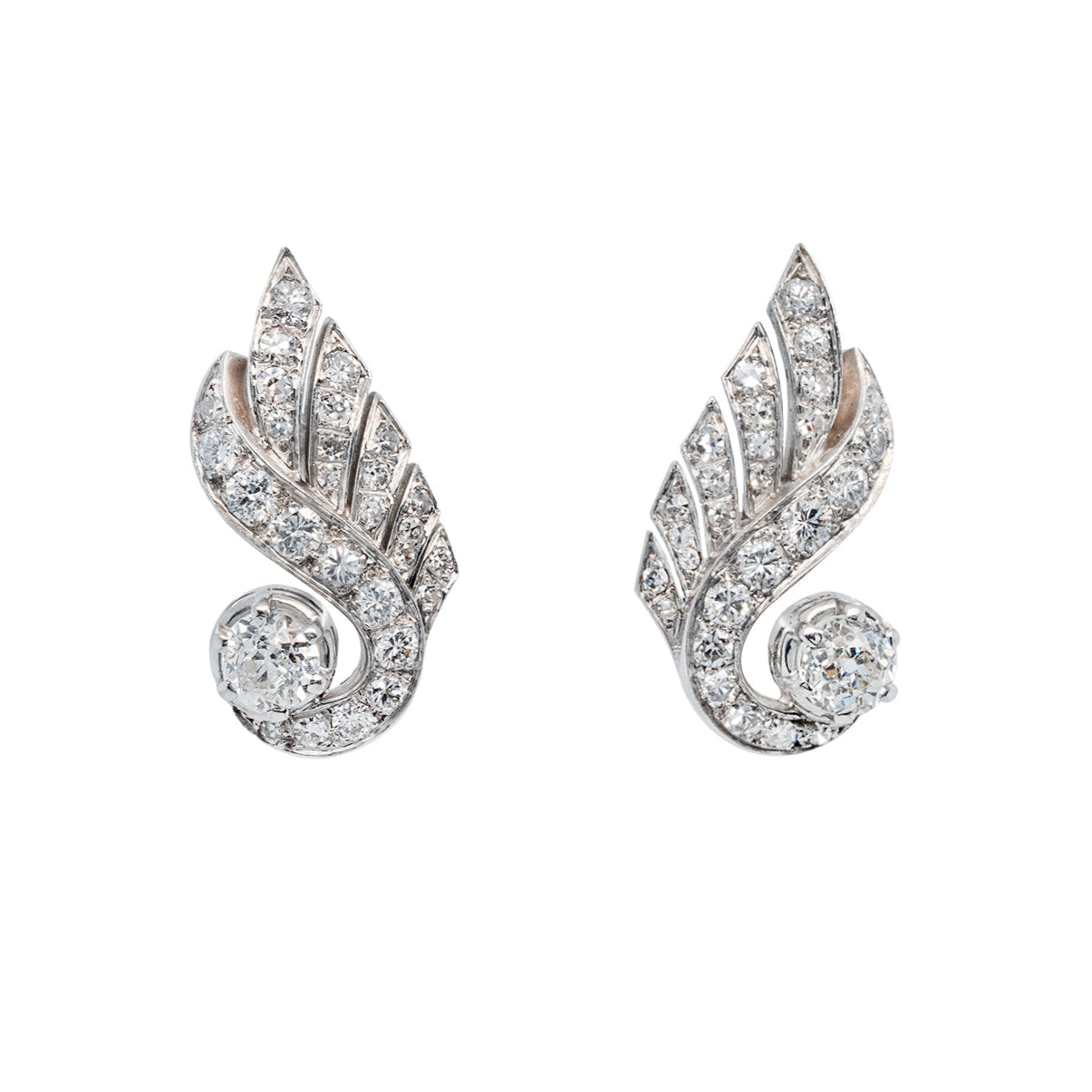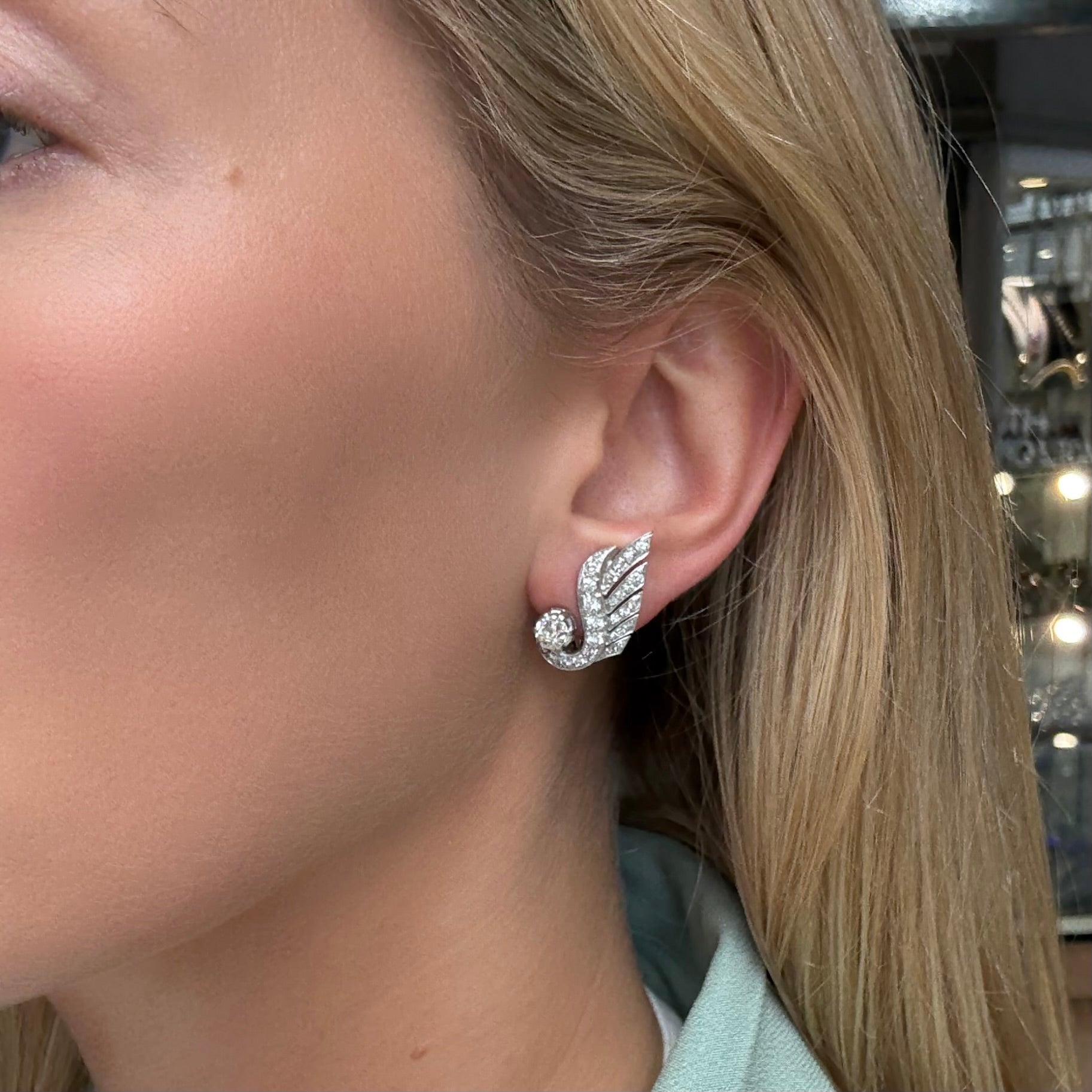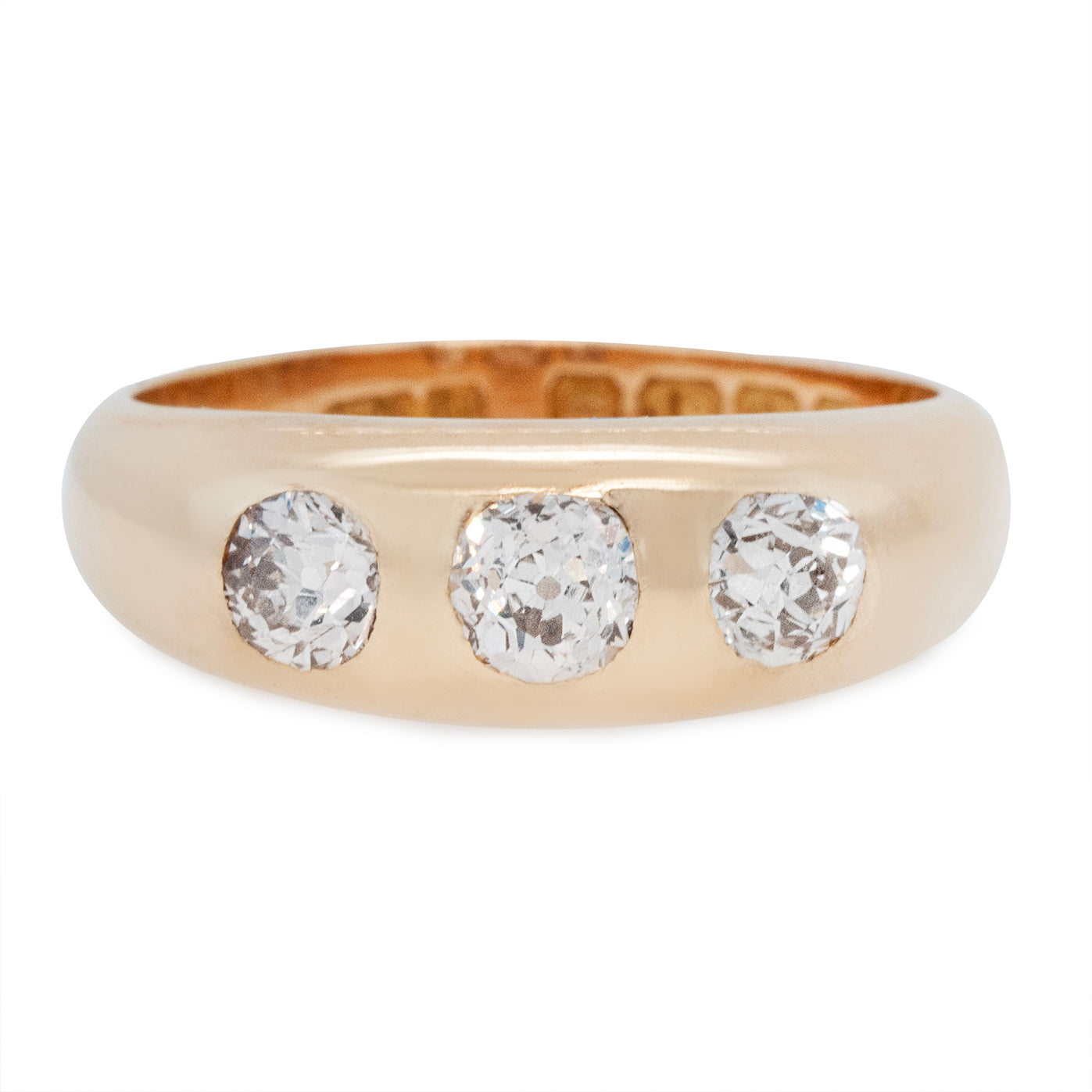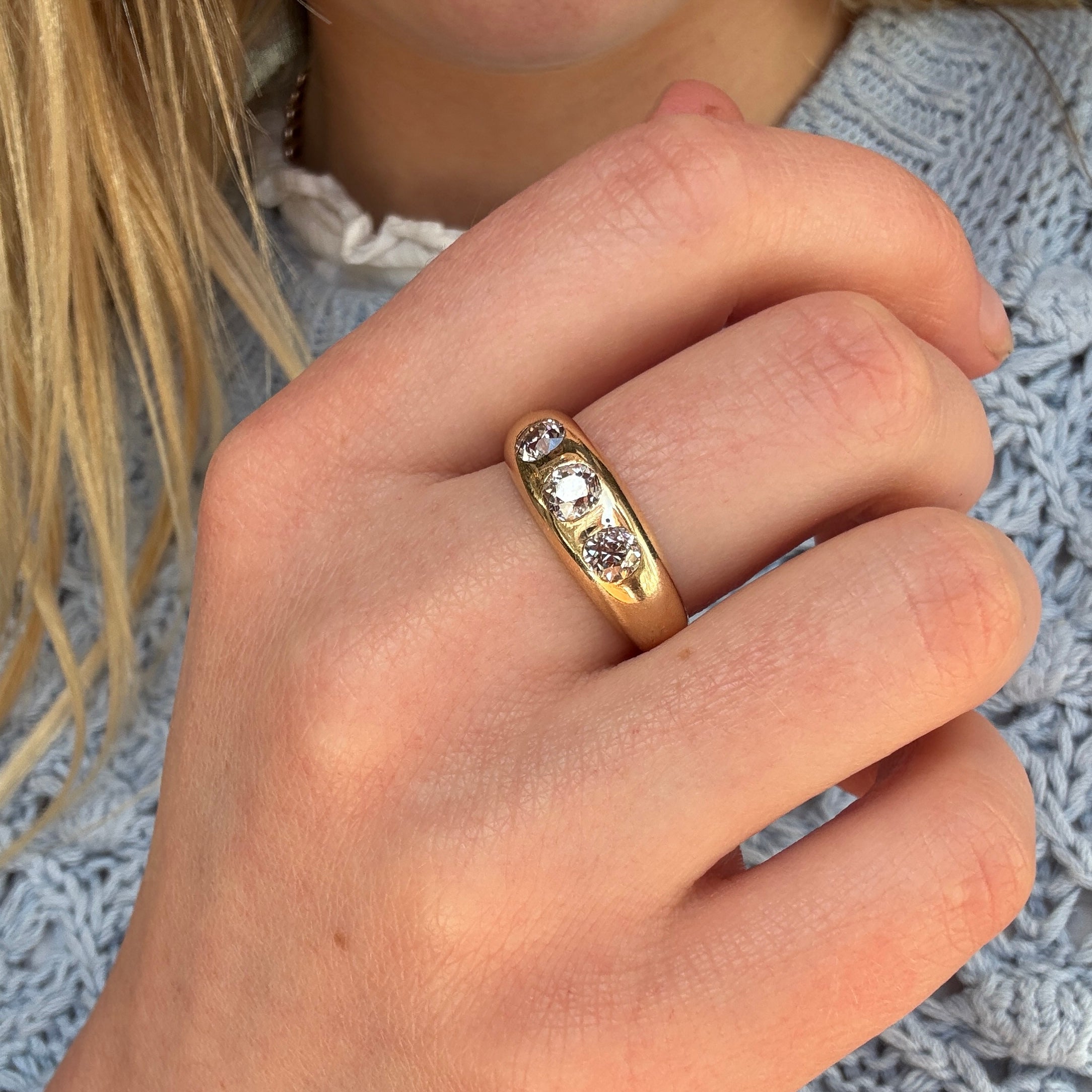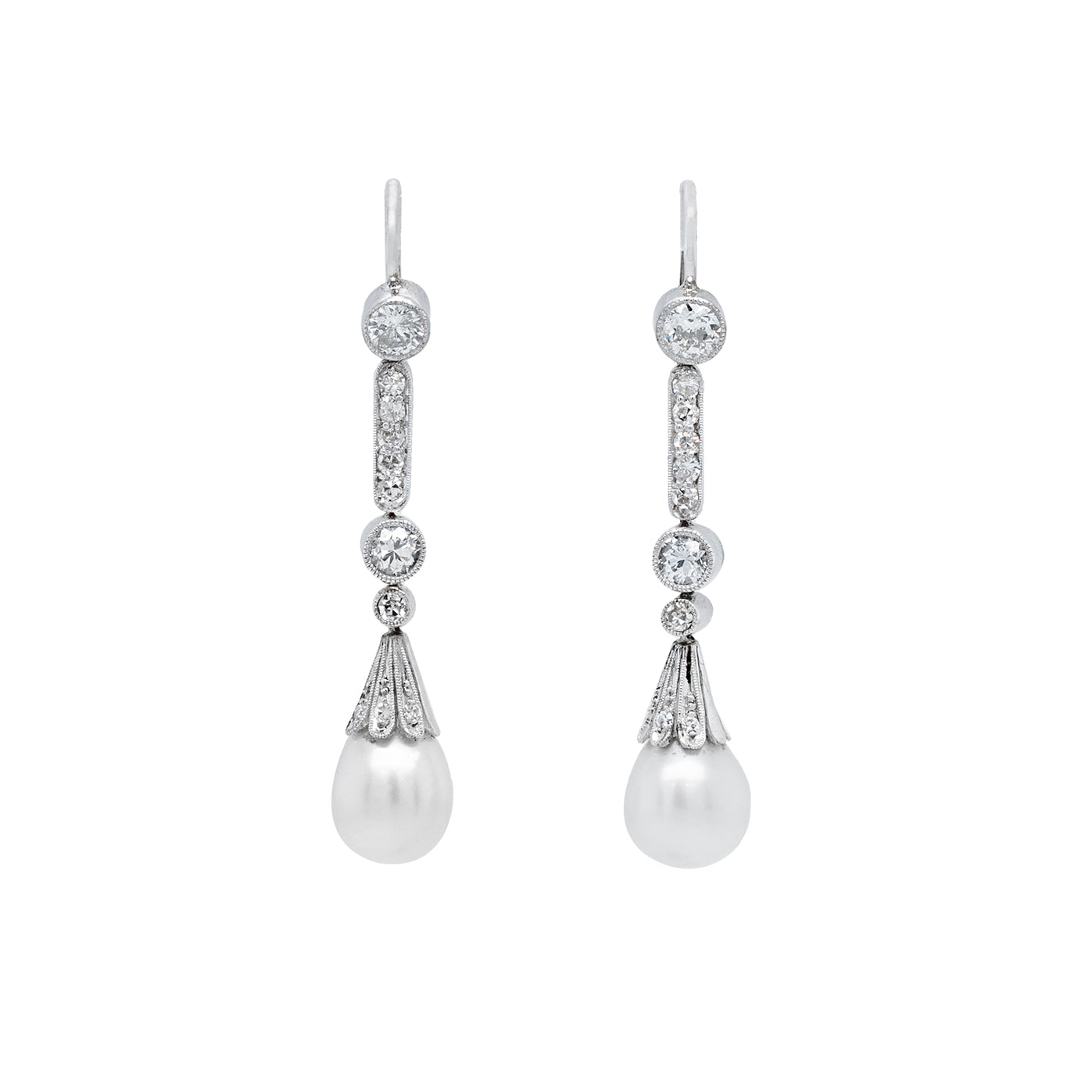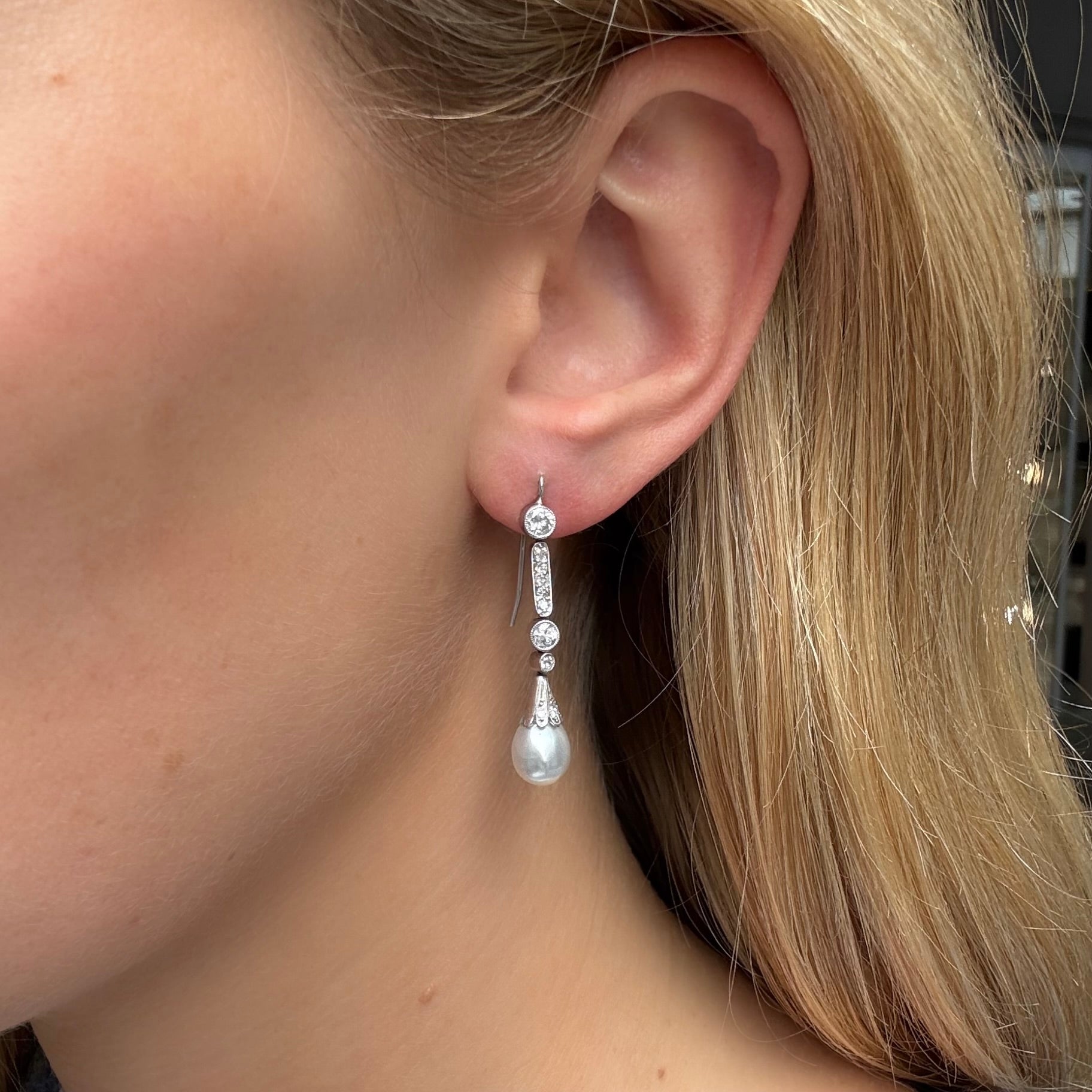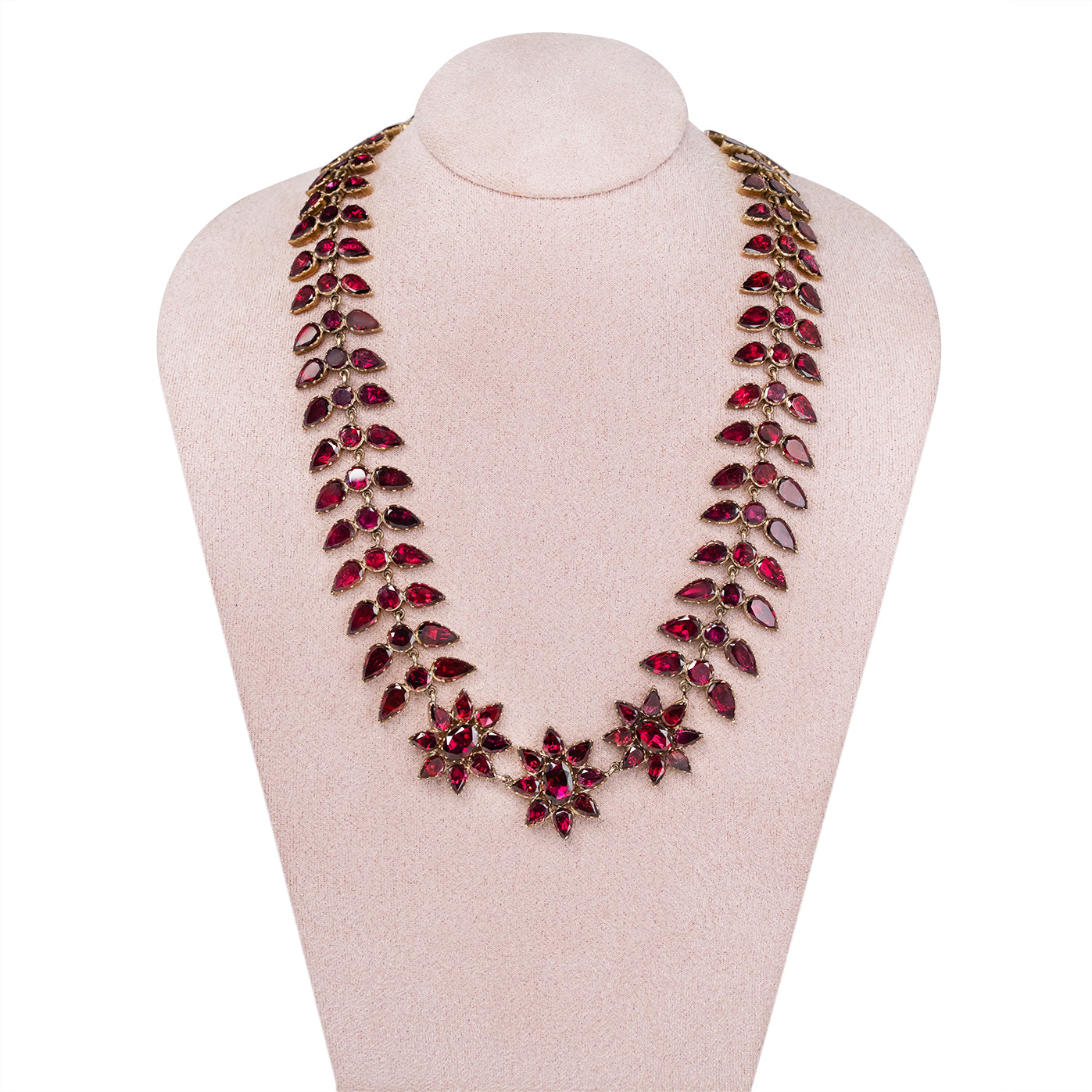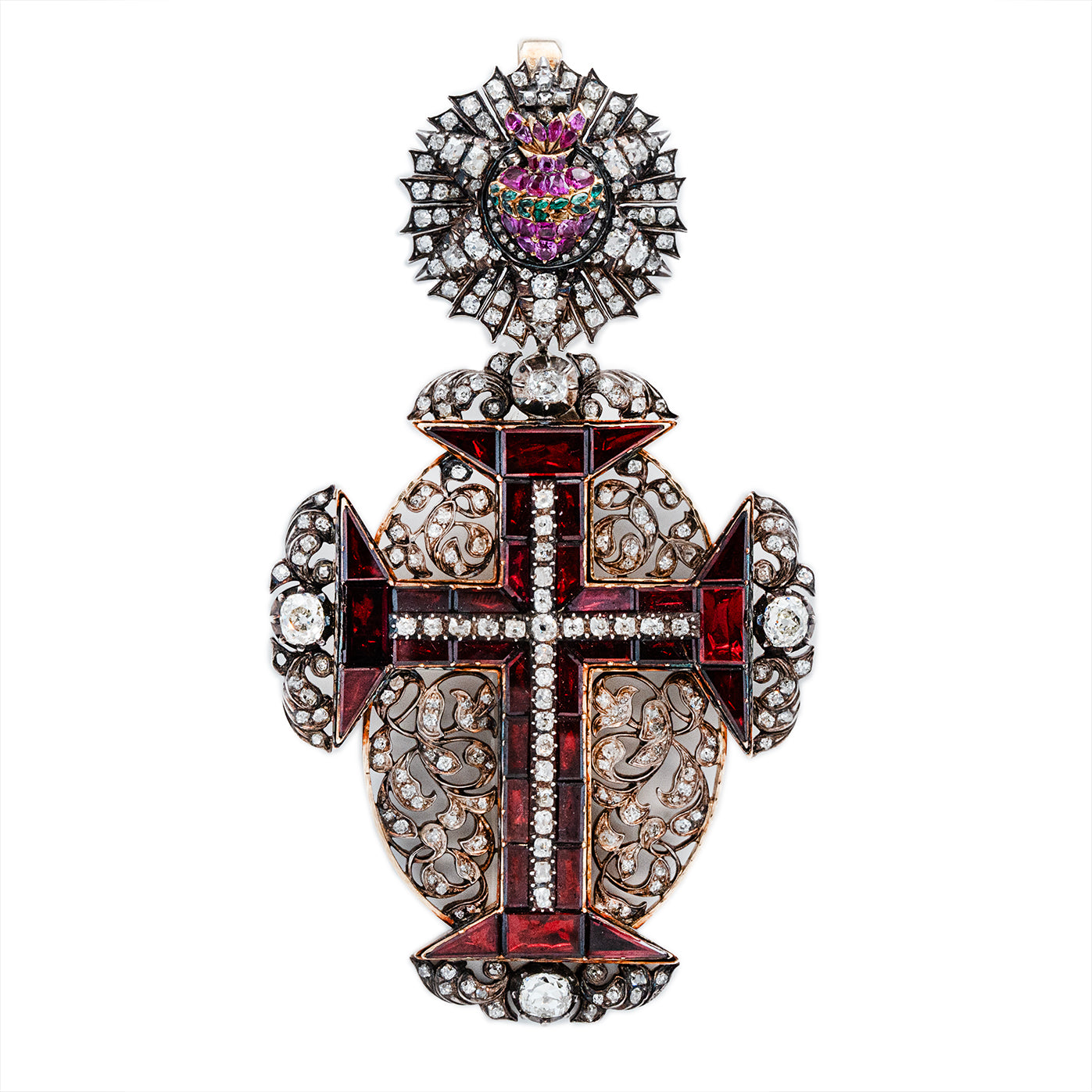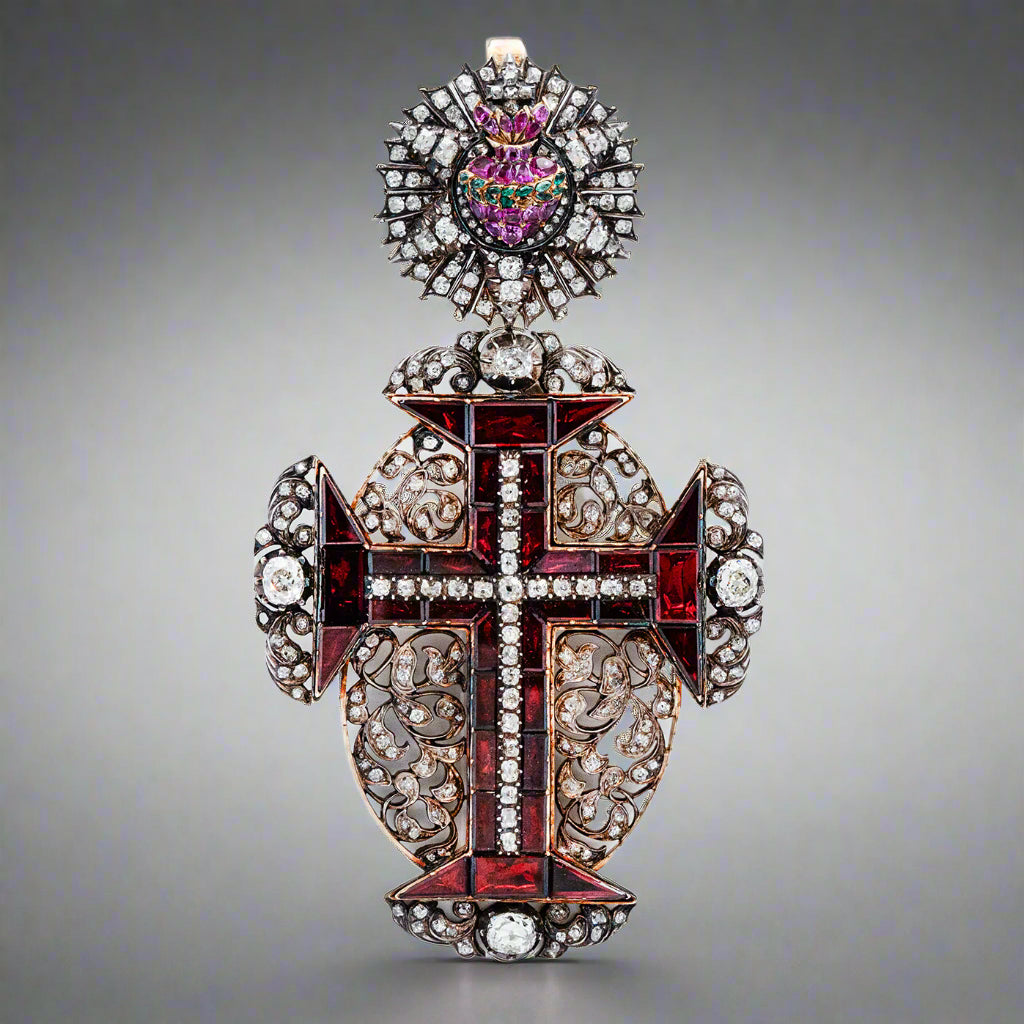For centuries, garnet has been prized not only for its beauty but also for its symbolic meanings and metaphysical properties. In antique jewellery, garnet was especially popular during the Victorian, Georgian, and Art Deco eras, each of which imbued the stone with distinct meanings and decorative styles.
A Brief History of Garnet
The name "garnet" is derived from the Latin word granatum, meaning "pomegranate," because the stone’s red colour often resembles the seeds of the fruit. While garnets can be found in a variety of colours, from deep red to green, orange, and even purple, the red variety has been the most historically significant, especially in the context of antique jewellery.
Garnet has been used as a gemstone for thousands of years, with evidence of its use found in ancient Egyptian, Greek, and Roman jewellery. In these cultures, garnet was often used for its stunning visual appeal, as well as its believed powers to protect and heal the wearer.
Garnet Symbolism and Meaning
Throughout history, garnet has been associated with a range of symbolic meanings and beliefs. Its deep red colour has often been linked to passion, energy, and love, while its vibrant hue was believed to have the power to strengthen the heart and promote vitality.
Passion and Love
Garnet's rich, red colour has long been associated with love and desire. During the Victorian era, the stone was commonly used in love tokens and engagement rings as a symbol of undying affection. Its connection to passion made it a popular choice for romantic jewellery, from lockets and brooches to rings and necklaces.
Protection and Healing
In ancient times, garnets were considered powerful protective stones. They were believed to ward off evil and negative energy, making them popular choices for amulets and talismans. Some cultures also believed that garnets had healing properties, aiding in blood circulation and promoting overall well-being.
Friendship and Loyalty
The garnet also came to represent friendship and loyalty, due to its deep steadfast colour. In the Victorian era, it was often given as a gift between friends or lovers as a token of enduring companionship.
Courage and Strength
Garnet’s bold, vibrant colour was thought to impart strength and courage to its wearer. It was used by warriors and travellers as a protective talisman to ensure safe passage and to encourage bravery in difficult situations.
Garnet in Antique Jewellery
Throughout the ages, garnet has been used in a variety of antique jewellery pieces, from intricate brooches to statement rings, bracelets, and necklaces. Each era embraced garnet in its own unique way, and the stone’s versatility made it a favourite among jewellers.
Georgian Era Garnet (1714–1830)
In the Georgian era, garnet was used in jewellery, though it was often set in more understated designs compared to the ornate Victorian styles. During this time, garnet was frequently cut into cabochon (rounded) shapes, rather than the faceted cuts that would become more common later. Georgian jewellery often featured smaller garnets, sometimes set in simple designs alongside other gemstones or pearls.
A Georgian garnet necklace or pendant would often consist of a simple round garnet set in a delicate, gold frame. These pieces were typically less flamboyant and more restrained, reflecting the more understated elegance of the era.
One notable feature of Georgian garnet jewellery was the prevalence of rose cut garnets, which had a flat bottom and faceted top, creating a unique, glimmering effect when the light caught the stone. These rose-cut garnets were often used in brooches, earrings, and rings, creating intricate patterns and designs that showcased the natural beauty of the stone.
Georgian Era Garnet Jewellery
Victorian Era Garnet (1837–1901)
During the Victorian era, garnet gained widespread popularity, especially in the form of cluster rings and pendants. The Victorians had a deep appreciation for sentimental jewellery, and garnet’s association with love, loyalty, and protection made it an ideal choice for the era's romantic aesthetic.
Often featured carved or faceted garnets set in gold or silver, with many pieces highlighting the deep red hues of the gemstone. Garnet was also commonly used in jewellery sets, which included matching brooches, earrings, and necklaces, often adorned with additional embellishments like seed pearls or diamonds. The intricate designs, combined with the stone’s rich colour, gave Victorian garnet jewellery a sense of opulence and elegance.
The garnet cluster ring was particularly popular in this era. These rings often featured a cluster of small garnets arranged in the shape of a flower or star, giving them a rich, textured look. Because garnets were relatively affordable compared to diamonds or sapphires, they were accessible to the burgeoning middle class, making them an appealing choice for engagement rings and other sentimental jewellery.
Victorian Era Garnet Jewellery
Edwardian Era Garnet (1901–1915)
As the Edwardian era ushered in a more refined, delicate aesthetic, garnets continued to play a role in high-society jewellery. Edwardian garnet jewellery often featured lighter, more open designs, with stones that were set into platinum or white gold, reflecting the growing popularity of white metals during this time. Garnets in Edwardian jewellery were often paired with diamonds or other lighter-coloured stones to create a contrast between the deep red of the garnet and the sparkle of the diamonds.
Art Deco Era Garnet (1920–1939)
By the time the Art Deco period arrived, garnet had become part of the broader movement toward bold, geometric designs and contrasting colours. Art Deco garnet jewellery often incorporated the stone into vibrant, modern designs, with sharp lines and a more abstract, stylized aesthetic. Garnets were frequently paired with materials like onyx, diamonds, and enamel to create striking, high-contrast pieces that were both fashionable and artistic.
Garnet's Today
Garnet continues to be a popular gemstone in antique jewellery, not only for its historical significance but also for its ability to add warmth and colour to any piece. Its versatility allows it to be used in a wide range of designs, from classic to contemporary, and its deep, vibrant hues remain a timeless symbol of passion, protection, and strength.
Whether as a centrepiece in a vintage engagement ring, a sentimental brooch, or an elegant necklace, garnet has always held a special place in the world of antique jewellery. Its rich symbolism, combined with its enduring beauty, makes it a gemstone that continues to captivate and inspire.
